With the Broadway Subway Project (BSP) reaching a pivotal phase, marked by the near completion of the concrete deck of the elevated guideway linking VCC-Clark to the future Great Northern Way-Emily Carr Station, it’s an opportune time to examine recent progress of this massive undertaking.
Central to the project’s success are the two tunnel-boring machines, Elsie and Phyllis. Each having bored two kilometres of parallel tunnels and installed over 2,600 concrete tunnel-liner rings, their work marks substantial progress in the underground construction phase.
As the machines excavate, they simultaneously install precast concrete segments, creating a stable tunnel lining and minimizing surface disruption.
This approach is particularly vital in dense urban areas, where maintaining the integrity of existing infrastructure is crucial, explains the project website.
Station to station
The Broadway Subway Project Corporation, an Acciona-Ghella joint venture, was awarded the contract for the design and construction of the project and work got underway in 2020.
Transportation Investment Corporation is leading the delivery of the BSP on behalf of the B.C. Ministry of Transportation and Infrastructure and will provide the controls, practices and other oversight.
Currently, station construction sites, such as Oak-VGH and Mount Pleasant, are hives of activity. At Mount Pleasant, the first section of concrete floor for the concourse level has been installed.
The BSP, a key element in the evolution of Vancouver’s SkyTrain system, is an advanced light rapid transit extension that will significantly enhance the Millennium Line.
Spanning 5.7 kilometres, it extends from the current terminus at VCC-Clark Station to a new western terminus station at Arbutus Street and West Broadway.
Five kilometres of that is underground tunnelling, with 700 metres of elevated guideway extending west from the existing VCC-Clark Station. This segment bridges the current end of the line with the new subterranean portion of the extension.
In total, the BSP will feature six new underground stations. These include the Great Northern Way-Emily Carr Station, Mount Pleasant Station, Broadway-City Hall Station (integrated with the existing Canada Line Broadway-City Hall Station), Oak-VGH Station, South Granville Station, and Arbutus Station.
The Arbutus Station is designed to allow for future expansion, potentially extending rapid transit to UBC.
Esthetically, each station is set to have a unique design. In July 2021, the B.C. government announced art installations by selected artists and teams for the BSP’s new SkyTrain stations, in collaboration with local Indigenous communities. Additionally, a call for children’s artwork was made, inviting young artists to envision their journeys on the Millennium Line extension.

Budget and timeline
Scheduling-wise, the BSP has not been without its challenges, including a setback in June 2022 when a five-week strike by a concrete supplier disrupted the completion of the base slab at the Great Northern Way.
This interruption had a cascading effect, delaying the commencement of tunnel boring activities. Consequently, the original project completion timeline, set for late 2025, has been adjusted to 2026.
As per BSP’s September 2023 status report, the project maintains its course within the approved budget of $2.8 billion. The spending for September 2023 alone amounted to $27.4 million, bringing the total expenditure to date to $1.26 billion.
Contributions towards the project’s funding include substantial federal recoveries amounting to $410.9 million and an investment of $100.3 million from the City of Vancouver. The rest is coming from the provincial government.
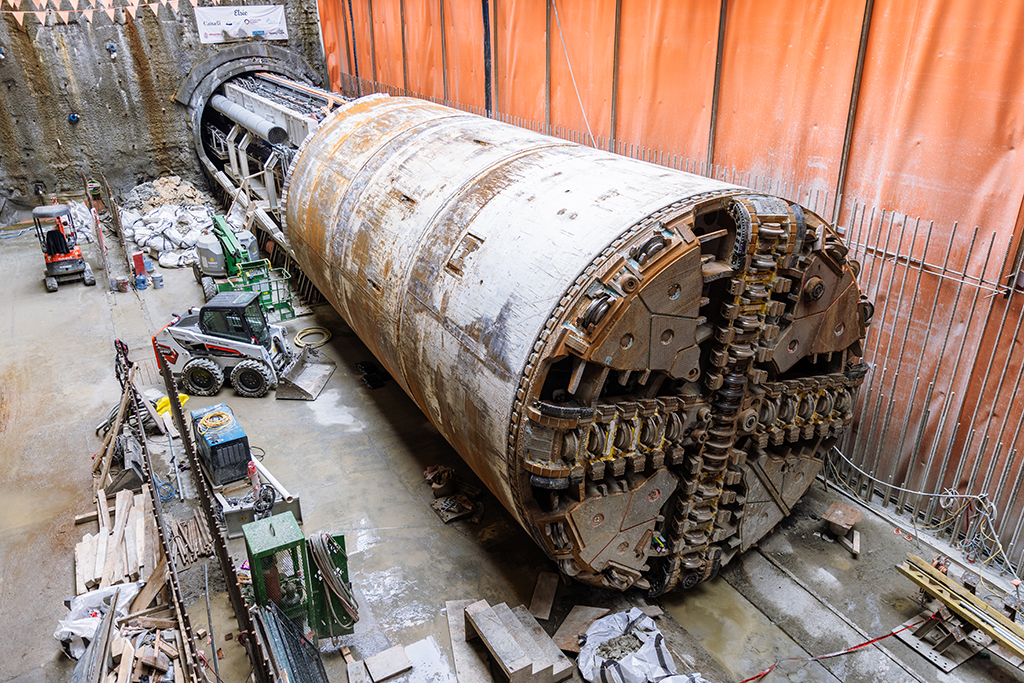
Environment and economy
Economically, the project is expected to create over 13,000 direct and indirect jobs during its construction phase, according to the BSP website.
The project also holds the potential to boost economic development along the transit corridor, encouraging new business ventures and investments in the adjacent neighbourhoods.
Urban living is another area where the BSP is projected to make its mark.
The development promotes transit-oriented communities, designed to reduce reliance on cars and foster sustainable, community-focused living.
Environmentally, the project is poised to make significant contributions towards reducing greenhouse gas emissions. By switching from diesel bus B-Line service to electric SkyTrain service, and by reducing the number of automotive vehicle kilometres travelled, the project aligns with the city’s climate action goals.
For transit riders, the project promises several benefits, including increased capacity, reduced travel times, enhanced reliability and an overall better transit experience.


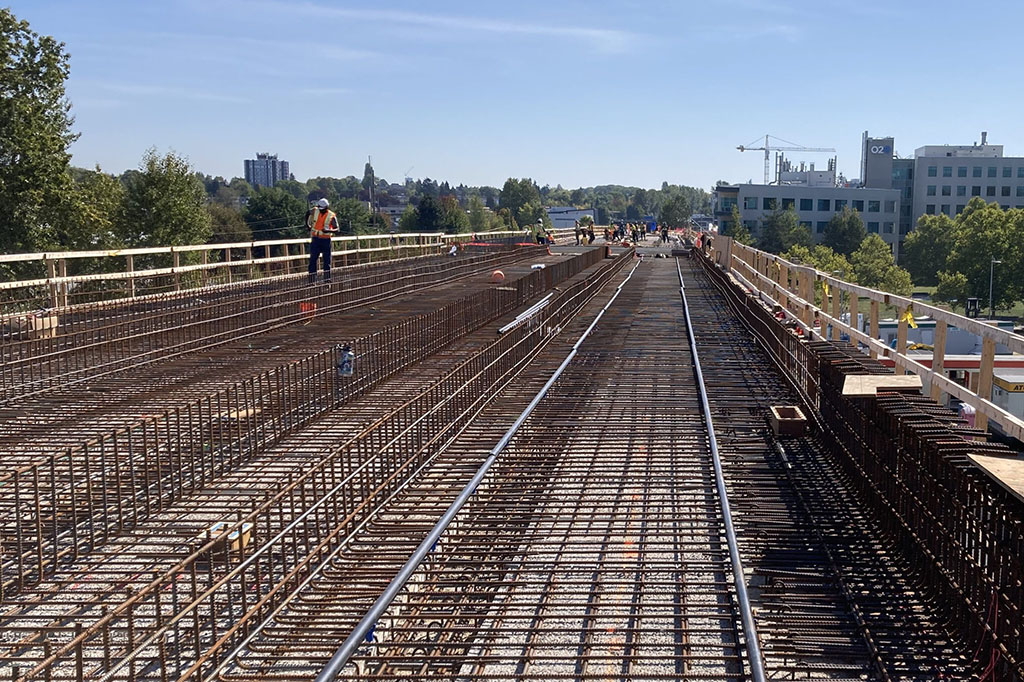

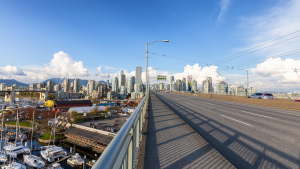
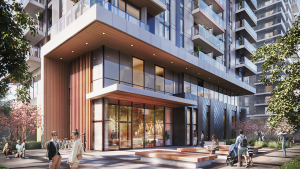
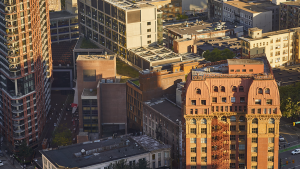

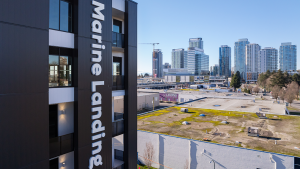
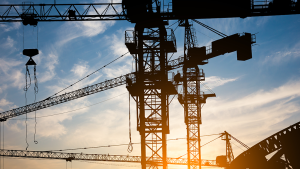
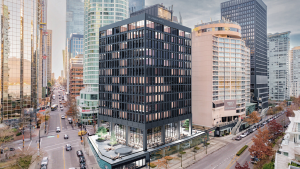
Recent Comments
comments for this post are closed